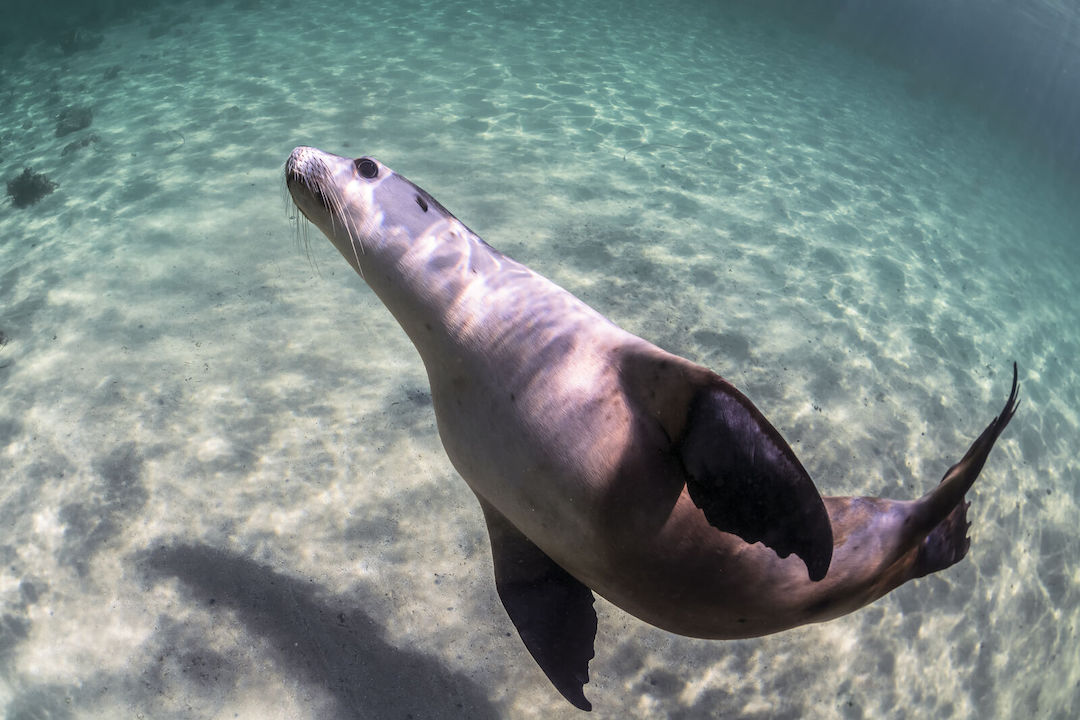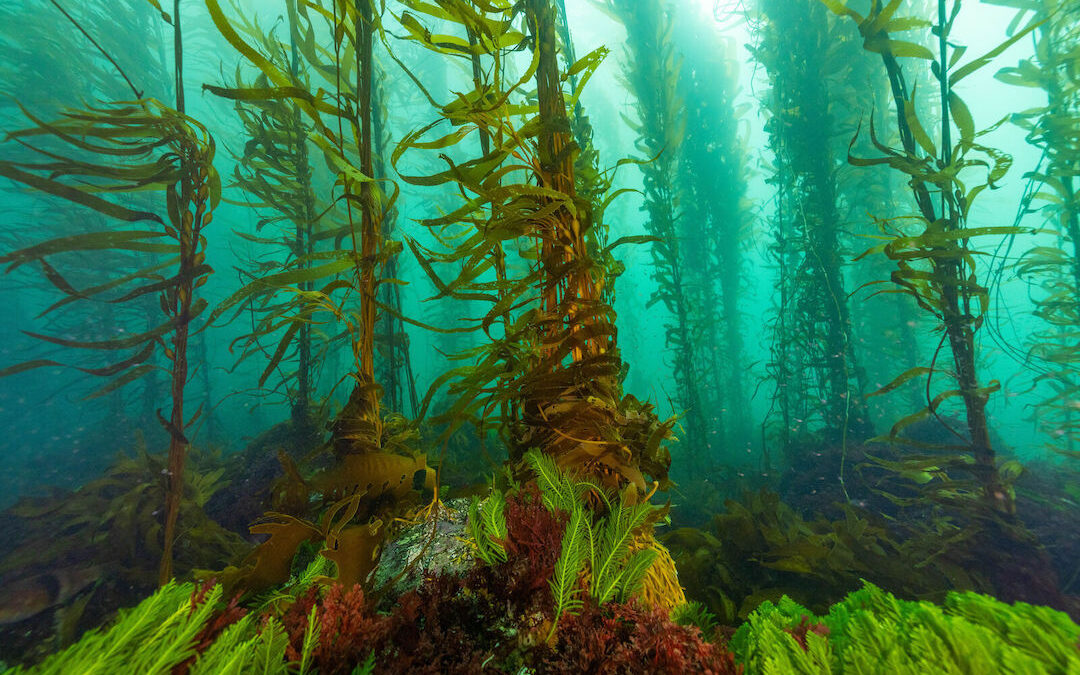Australia’s Great Southern Reef is under attack from invasive urchins.
With global temperatures rising as a result of climate change and a marine heatwave causing the east coast of Tasmania to remain two degrees above average temperatures for long periods of time, species in the north are making a descent to the Great Southern Reef. In a study from the Global Change Biology journal, it was found that 198 species have begun shifting their distribution south since 2003, the most dangerous among these species being the Centro sea urchin.
According to research from the University of Tasmania, water on the state’s coastline now warms to an average winter temperature of around 12 degrees. This means that the ocean is warming faster than the land, at around 4 degrees per century. The warm water is a perfect breeding ground for urchin larvae to develop during spawning.

A Centro Urchin in the kelp forest © Scott Bennett
The Great Southern Reef, located in this area of warm water, is home to ancient Giant Kelp Forests. In total, kelp forests cover one-third of the world’s coastlines, contributing to food chains and acting as shelter for hundreds of marine species.
While Centro Urchins are normally found further north, they have been tracked travelling south and devouring this ancient kelp forest. Their population numbers are growing, and they are steadily destroying this precious ecosystem.
The Great Southern Reef is a system of temperate reefs spreading more than 8,000 kilometres along the southern coast of Australia from Kalbarri in Western Australia to the NSW/Queensland state border. It is also home to marine species found nowhere else in the world, including Australian sea lions and giant Australian cuttlefish. Without the protection of the kelp forest, experts are worried for the future of this diverse region.

Australian Sea Lion © Georgo Rugli
What can be done?
Last month, a group of scientists and representatives from the sea urchin industry met in Canberra to discuss strategies for halting the spread of invasive species in Australian waters.
As part of the trip, the team brought Centro Urchins in order to share the taste of urchin roe with politicians. They hoped to highlight the possibilities of this seafood delicacy, which could grow into a multi-million dollar export industry while simultaneously protecting the kelp forests. Around the world, urchin roe is considered a delicacy and often goes for a high price. If fisheries are encouraged to take urchins from the kelp forest, the environmental benefits could be significant.
According to the University of Tasmania, since recent state government investment in the urchin fishing industry, annual yields have grown from 40 tonnes to nearly 500, slowing the growth of urchin barrens.
Another major strategy to stop Centro Urchins from consuming the kelp forest involves rebuilding the rock lobster population. Rock lobsters are a natural predator of sea urchins, and they also improve kelp bed resilience. However, scientists face some challenges in supporting rock lobster population growth, as the crustaceans also enjoy local prey and their high commercial fishery value makes them a target.
To read more about global ocean temperature changes, click here.
Featured image: Giant Kelp Forest © Stefan Andrews

